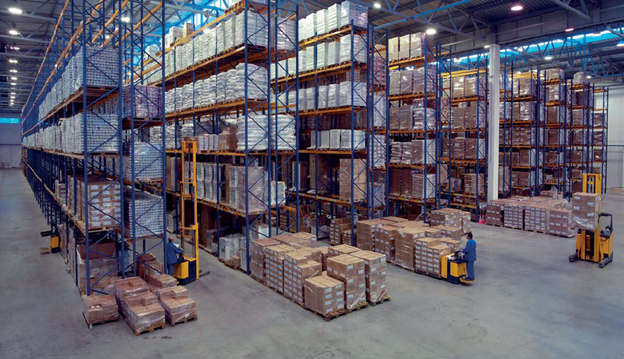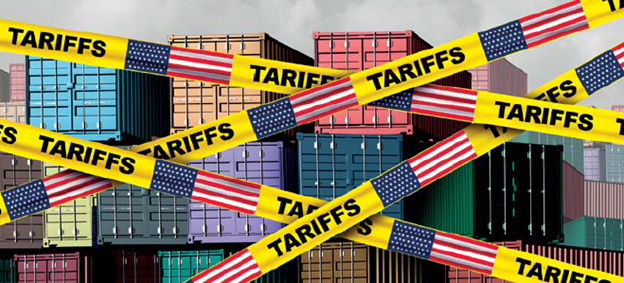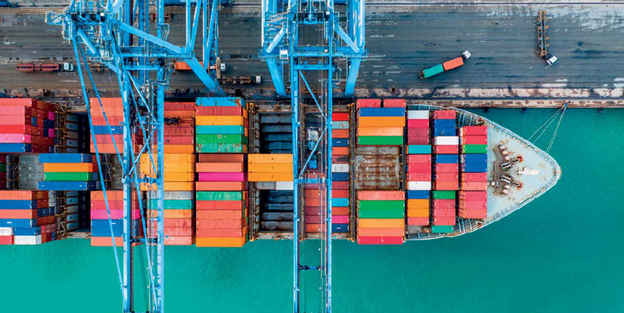The valve industry is experiencing steady growth with positive economic outlook. Yet, the ongoing tariffs and uncertain economic forecasts means manufacturers, distributors, and end users may continue to face cost pressures with limited options.
By Sunderesh Heragu, Regents Professor — Oklahoma State University
Nearly 80% of the supply of industrial valves come from three sources – China, the European Union, and India. With tariff rates varying from 10 to 30% – at least for the time being – distributors and manufacturers require a new means to offset the cost increase they are already facing.
The seemingly easiest option might be to pass on the cost to the consumer. Another option is to work with the manufacturers overseas and negotiate better pricing. A third option is for the distributor to absorb some of the tariff costs.
None of these options are positive for the manufacturing industry or the economy as a whole. Each has major disadvantage. Passing all or most of the cost to the consumer will impact the demand for valves from overseas producers. Valve manufacturers in other countries may already be operating on thin margins and find it difficult to reduce prices. Absorbing a small or large part of the cost by the distributor can be viable for the short-term, but it is not a long-term solution.
None of these options is sustainable in the long run. Domestic manufacturers could consider increasing the capacity to produce industrial strength valves, but they are also hit by steep tariffs on imported materials to make the valves. An obvious example is the tariffs on steel and aluminum.
Thus, manufacturers, distributors and end users will begin to see (if they are not already) an increase in prices, ranging from a minimum of 10 to 50% or more. This will significantly impact the demand since manufacturers and end users will decrease their orders. In the near term, the tariffs will cause disruptions to the supply chain.

Manufacturers, distributors, and the end users will have to find alternate sources to meet existing demand against confirmed orders and at the lowest possible price. In the long run, new supply chains will have to be designed, developed, and deployed as partners in the existing supply chain would have lost trust with respect to supplying to American companies and customers. The constant changes in tariffs and the resulting uncertainty may cause manufacturers, importers, and consumers to pause their medium and long-term plans.
Current suppliers will immediately begin to look elsewhere, especially to countries in Asia, Europe, Latin America, and Canada, to form more predictable and longer lasting trade alliances. The result of these changes will be the cost increase for makers, buyers, and users of valves around the world.

The US is heavily dependent on Canada, China, Europe, India, and Mexico, for many of the raw materials to make valves. Just consider the dependence of the US upon its immediate neighbors – Canada and Mexico – for a variety of items such as autos, auto parts, potash, fruits, vegetables, nuts, beer, liquor, lumber, crude oil, and so on. Valves are used in the production or processing of these products. Thus, an increase in tariffs could impact the availability of these products or the cost or both.
In the short term, the winners are US manufacturers of valves and pumps. Many are seeing an increase in orders and are now able to compete with imported products. However, the capacity to produce in sufficient quantities to replace the imported products is simply not there. Recall 80% of the valves are produced overseas.
In other articles, I have mentioned that the US has a significant edge in designing products. From consumer products to industrial products to semiconductor chips and electronic gadgets, the US has a big advantage. To get a product into a customer’s hands, someone must design it, source the materials and components for the product, manufacture the components and assemble them.
Design is a high value activity, and it is best done in the US. This is due to the abundant of innovative and entrepreneurial talent. It is also because of the business-friendly policies of federal, state, and local governments. Sourcing is done from pockets all over the world for many products. Manufacturing and assembly are completed where there is an ample supply of inexpensive labor. It is nearly impossible to bring all these activities into the US.
We do not have sufficient human and industrial infrastructure, nor do we have all the materials needed to make a product. Assembly is often labor-intensive and not a high paying activity. US manufacturers also need access to international markets to sell their products. A tariff war could encourage overseas buyers to find alternate sources.
In the end, there is no winner in a tariff war. Consumers will pay more and cut back on purchases. In an uncertain environment, businesses will adopt a wait-and-see approach on making capital expenditures.

This leads to a decline in economic activity, which itself could lead to unemployment and a potential recession. To bring back manufacturing and make the US competitive requires a long-term investment in human resource development, infrastructure investment, manufacturing, assembly automation, and working cooperatively with the trading blocks around the world. Tariffs alone are not the answer.


